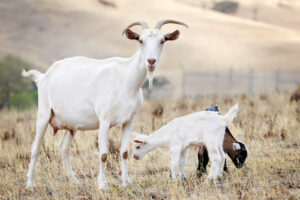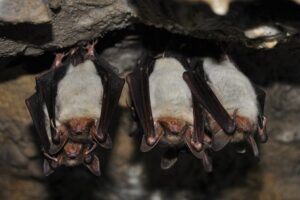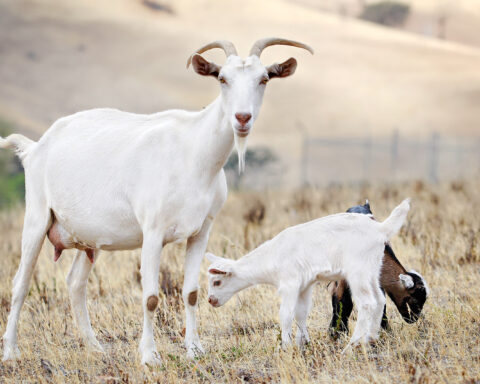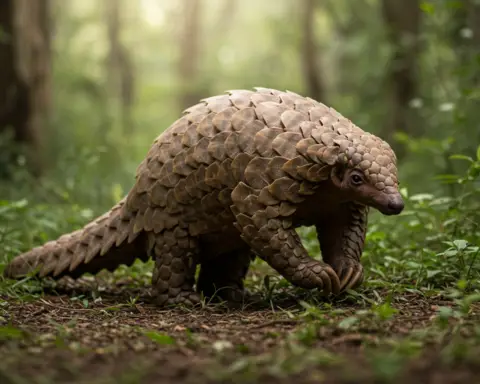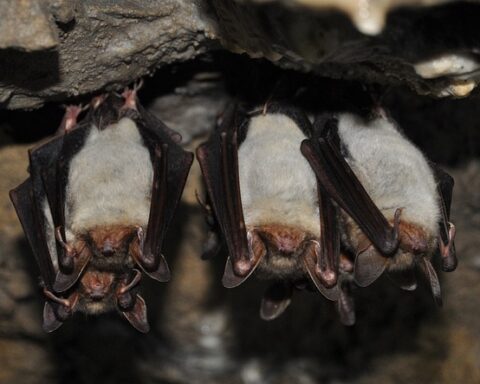The migratory pattern of bald eagles is complex. The southern bald eagles are not migratory at all, staying at the same region year-round while it is only the northern species that migrate. The adult bald eagles undertake migrations depending upon the availability of food while the immature bald eagles are nomadic birds. Bald eagles do not usually migrate in kettles rather they mainly prefer solitary flight.
Where Do Bald Eagles Migrate?
From August to January, the northern subspecies tend to travel southward. In fall, bald eagles of the Pacific Northwest take residence up the coast toward the north thereby making the most of the salmon runs. In order to follow salmon runs in November and December, bald eagles of the Pacific Northwest and Alaska migrate southward down the coast.
In fall and winter, the juvenile birds in the western part of the United States (like California, Glacier National Park and so on.) follow salmon runs by migrating toward northwestern region of the Pacific Northwest and Alaska.
When do bald eagles migrate?
The peak period of migration for the adult bald eagles occur in the first 14 days of September while the peak migration for the immature birds occurs from mid-September to mid-November.
As spring approaches and the weather becomes more favorable, the northern bald eagles go back to their breeding sites. The food also becomes abundant during this time. From February to July, some of the immature bald eagles of Florida and Texas migrate toward the north. Majority of the Texas bald eagles migrate to the Mississippi River.
Do bald eagles migrate from Canada?
From September to December, bald eagles of the western Canadian states of Saskatchewan and Alberta (as well as areas close to the Great Lakes region) migrate southward by wintering in the southwestern part of the United States (i.e. from California to Texas) as well as to the midwestern state; Missouri. Historically, they used to break their journey at Glacier National Park in pursuit of salmon, but not anymore.
Source:
Buehler, David A. 2000. Bald Eagle (Haliaeetus leucocephalus), version 2.0. In The Birds of North America (P. G. Rodewald, editor). Cornell Lab of Ornithology, Ithaca, New York, USA. https://doi.org/10.2173/bna.506

